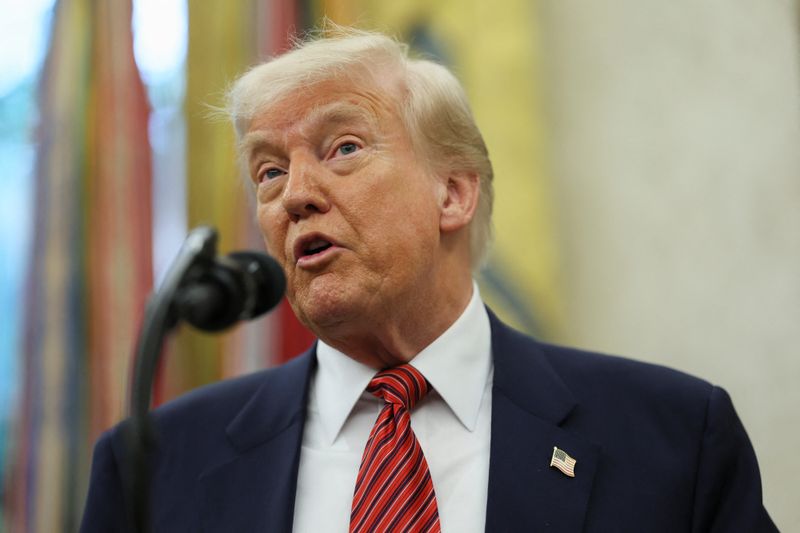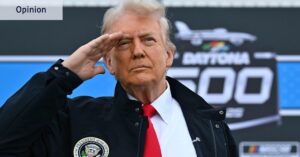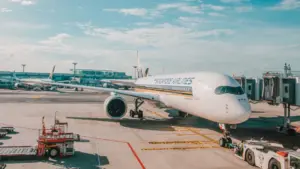
The United States Customs and Border Protection (CBP) has issued a draft notice to implement additional duties on products imported from India. This move follows President Donald Trump’s announcement to increase tariffs on Indian goods to 50 percent. The new tariffs are set to take effect on August 27, 2025, and are part of a broader strategy to address geopolitical concerns.
According to the notice, these additional tariffs are being imposed to enforce President Trump’s Executive Order 14329, dated August 6, 2025, titled “Addressing Threats to the United States by the Government of the Russian Federation.” The order specifies a new rate of duty on imports of articles that are products of India, linking the tariffs to India’s trade relations with Russia.
Implementation and Impact
The draft notice, which is scheduled for publication on August 27, 2025, indicates that the Secretary of Homeland Security has deemed it necessary to modify the Harmonized Tariff Schedule of the United States (HTSUS) in accordance with the executive order. The CBP clarified that from 12:01 am Eastern Daylight Time on that day, the higher tariffs will apply to all products of India either entered for consumption in the United States or withdrawn from warehouses for consumption.
Earlier, on July 30, President Trump announced the additional 25 percent tariffs on India. He emphasized the decision on Truth Social, citing India’s high tariffs and trade barriers as significant factors. Trump also highlighted India’s purchasing of military equipment and energy from Russia as contributing reasons for the tariff increase.
“Remember, while India is our friend, we have, over the years, done relatively little business with them because their Tariffs are far too high, among the highest in the World, and they have the most strenuous and obnoxious non-monetary Trade Barriers of any Country,” Trump stated.
Reactions from India
In response, Indian Prime Minister Narendra Modi remained resolute, asserting that his government would find a way to navigate the economic pressure from Washington. Speaking at a public address in Ahmedabad, Modi emphasized the strength of the Atmanirbhar Bharat Abhiyan (Self-Reliant India Campaign) and its role in bolstering India’s economic resilience.
“No matter how much pressure comes, we will keep increasing our strength to withstand it. Today, the Atmanirbhar Bharat Abhiyan is getting a lot of energy from Gujarat and behind this are two decades of hard work,” Modi stated.
Industry associations in India, such as the Federation of Indian Chambers of Commerce & Industry (FICCI), have expressed disappointment over the decision. They have labeled the move as unfortunate, predicting a significant impact on India’s export market.
Economic Implications and Future Prospects
The imposition of these tariffs is expected to lead to short-term disruptions in trade between the two nations. However, some trade and industry leaders in India remain optimistic. They believe that India’s robust manufacturing base, particularly in sectors like pharmaceuticals and medical equipment, will help mitigate the impact and open avenues for new trade partnerships.
Experts suggest that the current geopolitical climate, with India’s ties to Russia under scrutiny, plays a significant role in the US’s decision. Historically, trade tensions have been used as leverage in diplomatic negotiations, and this situation appears to be a continuation of that strategy.
While the immediate effects may be challenging, there is potential for India to diversify its export markets and realign its supply chains. This could lead to new opportunities for Indian businesses to expand their global footprint.
As the August 27 deadline approaches, stakeholders on both sides of the Atlantic will be closely monitoring the situation. The long-term implications of these tariffs will depend on subsequent diplomatic engagements and potential negotiations between the US and India.





